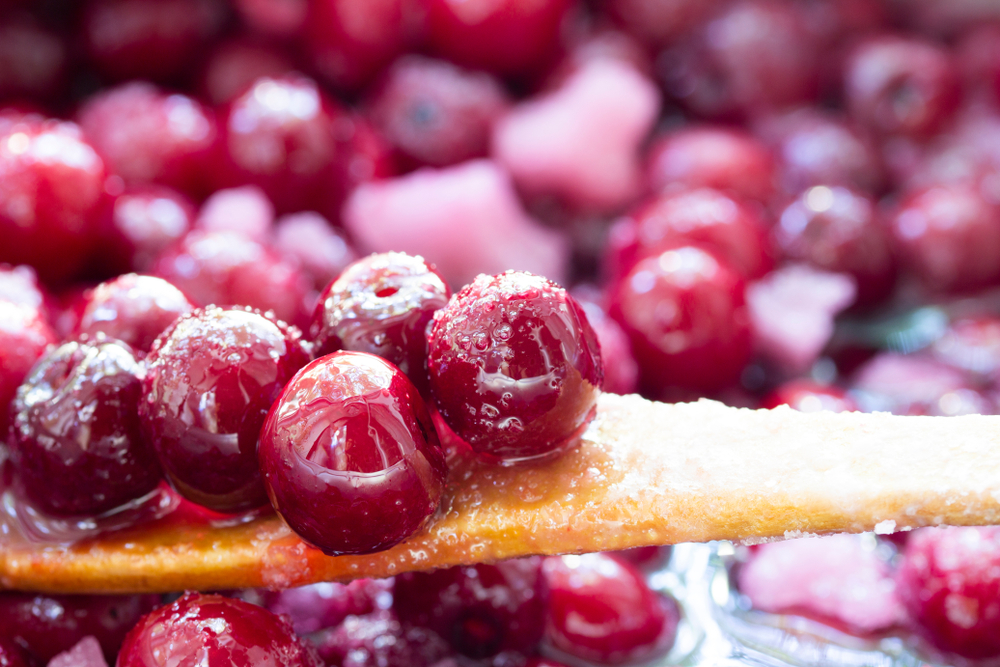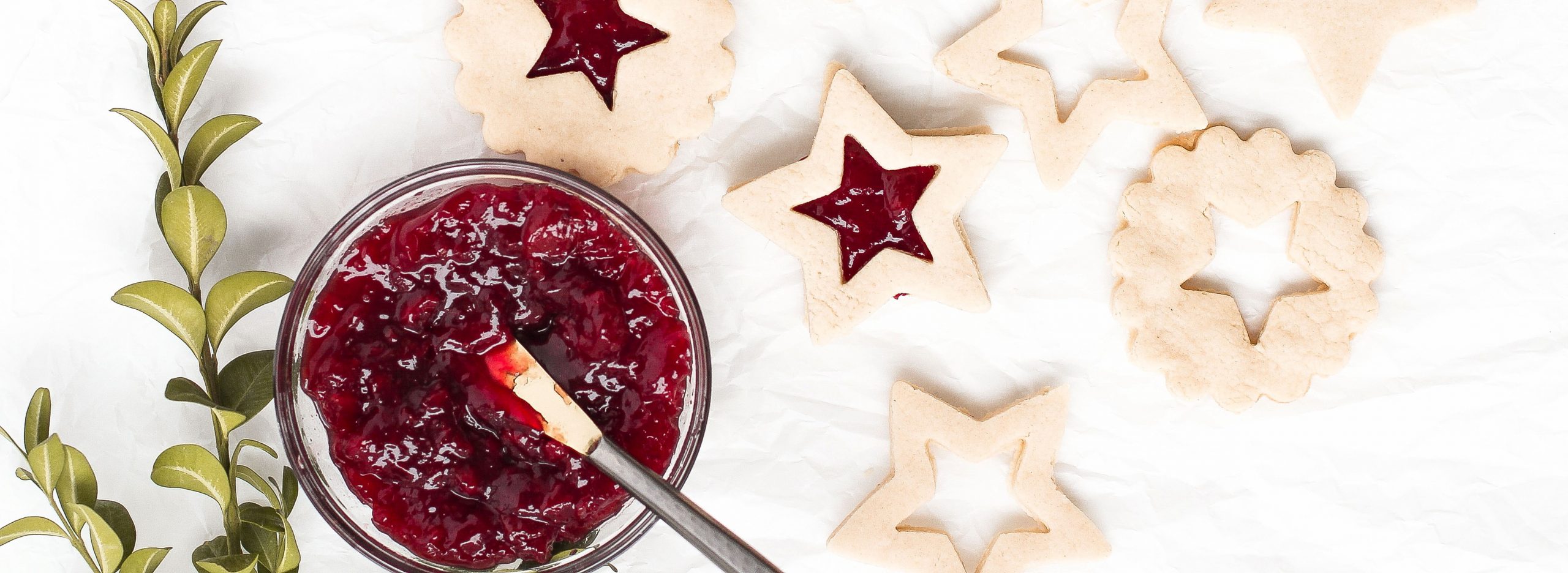From granulated to invert sugar: the liquid therapy to prevent crystals in your jam processing line
If you have ever had a grainy jam or one with hard white pieces, you have come across examples of sugar crystallization. Sugar is a crystal in its natural form, so even when dissolved, its molecules like to form into crystals or groups to give sugar its original form back. To prevent these crystals from forming, you need to make sure the granulated sugar is entirely liquified; but how does this work, and what does this mean for your production process?

To find out, we spoke with Maurizio Pettini, an expert in jam processing systems and project manager at the Italian company Frigojollinox.
Make it liquid – Adding granulated sugar at the right temperature of the jam processing is all that matters
Knowing at what temperature of the jam processing you must add the granulated sugar to make it completely liquid is all you need.
During the jam processing, invert sugar is naturally created by combining the sugar with the acid in the fruit while heating the mixture. Chemically speaking, sucrose is split into two monosaccharide components: fructose and glucose, through the hydrolysis process – in plain English, when a water molecule breaks two or more chemical bonds.
But, since there is always a but in this imperfect world, as the English novelist Anne Brontë said, for the sugar to reach the liquid state, the temperature must be 80 degrees or more. And there’s the rub.
“To have a high-quality jam and preserve the fruit’s color and flavors, the vacuum cooking temperature should not exceed 50 degrees. This temperature is not enough to completely dissolve the sugar” he points out.
So, how to control crystallization and have a perfect jam during a vacuum cooking process?
“There are two ways jam makers can have the invert sugar and maintain organoleptic fruit properties.” Maurizio explains
“The first solution is to vacuum cook the jam at 50 degrees anyway. When the concentration part is over, producers can turn off the vacuum cooking system, add the granulated sugar and raise the temperature to 80 degrees.”
“The second solution involves pasteurization. Instead of pasteurizing your jam at 60 degrees, you can go up to 80 degrees” he concludes
By raising the pasteurization temperature, the process remains gentle and efficient without ruining in any way your final product, since the pasteurization time is shorter. In this way, you can have your liquid sugar and your tasty jam, the best of both worlds.
